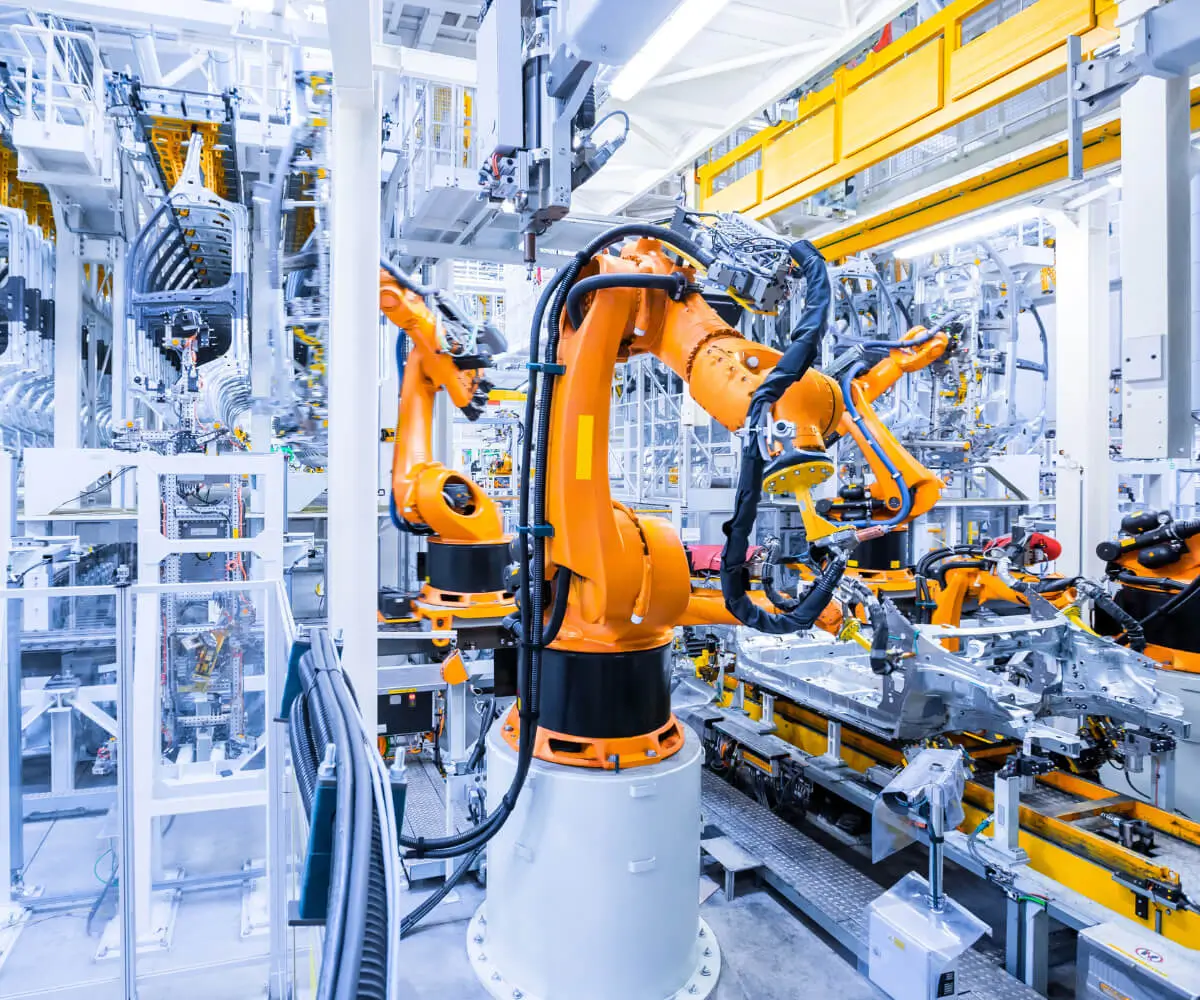Imagine a world where machines move with the finesse and accuracy of a human arm—delicate yet precise, swift yet controlled. At the heart of many modern machines, from robotic arms in assembly lines to camera gimbals stabilizing breathtaking shots, lies an unassuming yet powerful component: the servo motor. Among its many features, the angle of rotation stands out as a pivotal factor that determines the motor's ability to perform nuanced, controlled movements.

The Core of Servo Motor Functionality
A servo motor, fundamentally, is a rotary actuator capable of precise control of angular position. Unlike simple motors that run continuously, servo motors are designed to rotate within a specific, controlled range—often from as low as a few degrees to as much as 360 degrees or more. This controlled rotation allows them to achieve remarkable accuracy in positioning, making them invaluable in applications requiring fine movement.
The core idea behind the servo motor's ability to control angle stems from a feedback system: the closed-loop control. A typical servo system involves a motor, a feedback sensor (usually a potentiometer or an optical encoder), and a control circuit. When a target position (or angle) is set, the system compares the current feedback signal to that target. The control circuit then adjusts the motor’s actuation to reduce any discrepancy between the current and desired angles.
How the Angle of Rotation Influences Performance
The angle of rotation is not just a physical boundary but a functional parameter that influences how a servo motor is employed in real-world situations. For example, in robotics, the degrees through which a joint can rotate determine the robot’s range of motion and flexibility. A servo with a 180-degree rotation allows for half-circle movement, suitable for tasks like arm positioning, whereas a 360-degree rotation servo can handle more complex, continuous rotations found in wheel drives or pan-and-tilt mechanisms.
The range of rotation directly relates to the motor's design and intended application. For instance, hobby servos, commonly used in RC vehicles and small robotics projects, typically offer a rotation range of about 90° to 180°, providing enough movement for steering or simple positioning tasks. On the other hand, industrial servo motors are engineered to provide larger ranges, sometimes exceeding 270°, or even enabling unlimited rotation with continuous rotation designs.
Engineering the Perfect Range
Designing a servo motor with a specific angle of rotation involves meticulous engineering. It requires balancing gear ratios, motor torque, feedback sensor resolution, and control algorithms to ensure smooth, accurate, and reliable movement within the specified limits.
Gear mechanisms often play a pivotal role here. For example, a gear train can limit the rotational angle to prevent the motor from over-rotating, protecting both the mechanical and electronic components. Conversely, some servos break free from this limitation, offering endless rotation capabilities, suitable for applications like robotic wheels or continuous tracking systems.
Applications Driven by Rotation Range
Understanding the significance of the angle of rotation opens the door to appreciating the versatility of servo motors. In robotics, precise joint movement demands a servo that can rotate accurately within a defined range, enabling the creation of complex kinematic chains for arms, legs, or even the entire body.
In aeromodelling, servo motors control control surfaces—think of the flaps and elevators on an airplane—often requiring very specific angles to maneuver safely and effectively. Similarly, in camera stabilization, servo motors rotate camera gimbals within a controlled range to eliminate shakiness and produce smooth footage.
Controlling the Rotation: From Analog to Digital
Controlling servo motor rotation has evolved dramatically over the decades. Early models used simple PWM (Pulse Width Modulation) signals to determine the angle, with specific pulse widths corresponding to particular positions. A common standard called “servo signal” involves sending a pulse every 20 milliseconds, with pulse widths ranging from about 1ms to 2ms to specify angles from 0° to 180°.
Nowadays, digital servo controllers extend this capability, offering higher resolution and more precise control over the exact angle, even beyond the default ranges. Advanced servo systems incorporate programmable end-stops, configurable limits, and real-time feedback adjustments to make sure the range of rotation can be tailored precisely to an application's needs.
Calibration and Error Minimization
Achieving the desired angle of rotation isn't just about the hardware; it requires careful calibration and error correction. Mechanical backlash, sensor inaccuracies, and external loads can introduce deviations. Engineers often perform calibration routines—sending known commands and measuring actual positions—to develop correction profiles, thus enhancing the accuracy and repeatability of the servo's angular movements.
In safety-critical applications like surgical robots or autonomous vehicles, this calibration becomes even more vital. Reliable, predictable angles of rotation can mean the difference between success and failure, emphasizing the importance of robust control algorithms and high-quality components.
Leveraging innovations in modular drive technology, Kpower integrates high-performance motors, precision reducers, and multi-protocol control systems to provide efficient and customized smart drive system solutions.




































